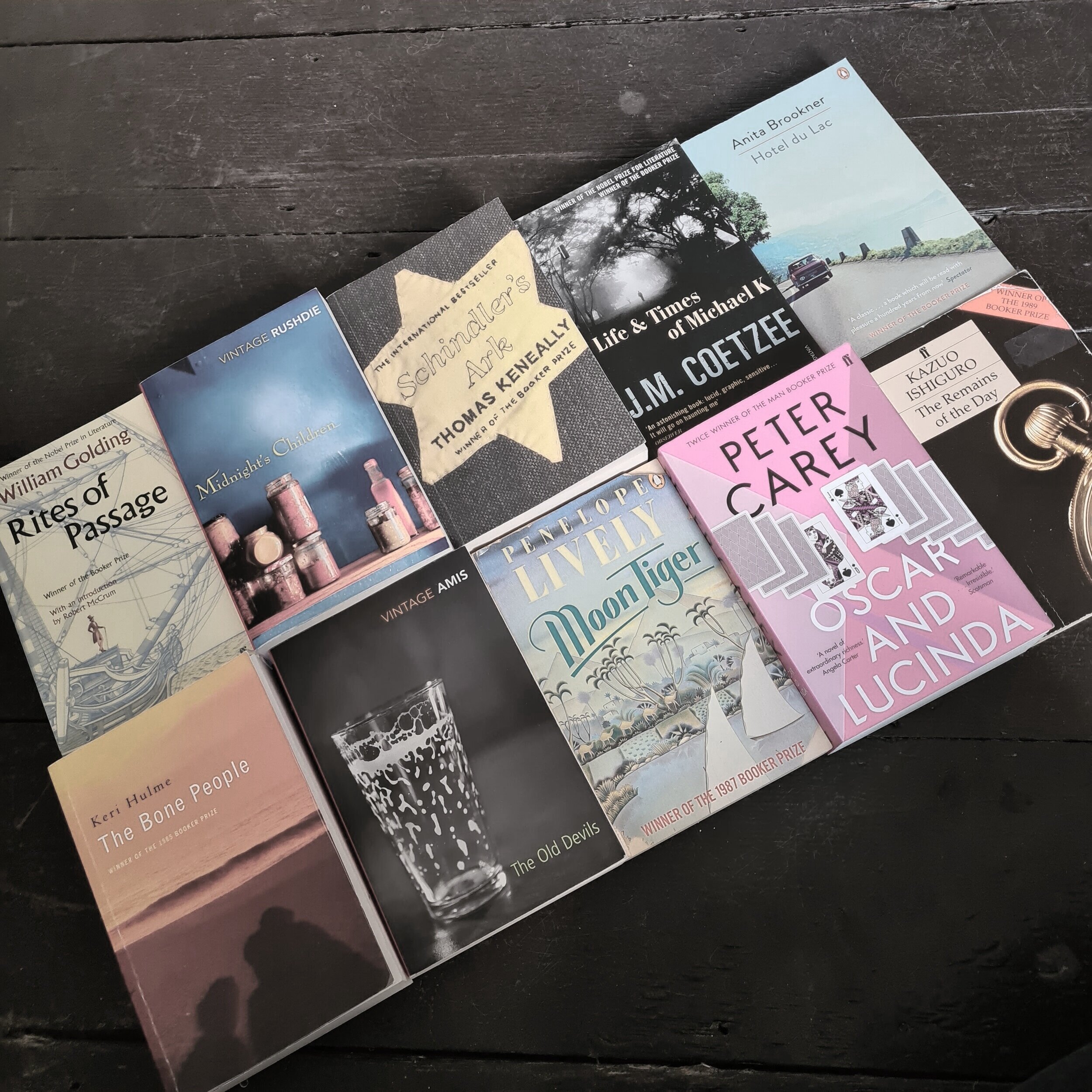
Nova Scotia House (2025)
Nova Scotia House is told in the unique interior voice of Johnny Grant, who as a 19-year-old in the 1980s met and fell in love with Jerry Field, a 45-year-old who was HIV positive at a time when that meant a guaranteed and imminent death sentence. It’s narrated from some 30 years hence, as Johnny struggles to negotiate the modern world without Jerry (now long dead) and without much of the exuberance and idealism that characterised their time together.
Our London Lives (2024)
Our London Lives is told from the alternating viewpoints of two Irish immigrants who meet in a central London pub in the 1970s. Milly is a bartender at a traditional city pub, catering for a diverse clientele covering locals, city workers, and most importantly, boxers from a neighbouring club. One of those is Pip, who we first encounter as an ex-convict who has just come out of rehab, in 2017 (the novel’s ‘present day’). Pip’s story is told entirely from the vantage point of that present day, with all the retrospective mix of nostalgia and regret that comes with that sort of angle. By contrast, Milly’s narrative unfolds chronologically, in the moment, through the years from the late 1970s through to, eventually, 2017. In her story there are large leaps and gaps that aren’t immediately filled in, but the two perspectives collide in a richly satisfying (though far from conclusive) ending.
You Are Here (2024)
You Are Here begins by introducing us to Marnie, a 38-year-old copy-editor living in London, a natural introvert who has become more and more reclusive over time, exacerbated by the Covid-induced move to remote work and a breakup with her ill-matched husband. Her friend Cleo, a teacher, has been trying to get her to re-emerge into the world, and against expectations, it’s a big trip to the north of England that finally works. Cleo’s colleague and friend Michael, a 42-year-old Geography teacher and general loveable nerd (also recently separated), is planning to walk the Coast-to-Coast path - crossing England from the Irish Sea in Cumbria to the North Sea in North Yorkshire. Cleo arranges a group of fellow adventurers - including Marnie - to join him for the first part of the trip in the Lake District.
How to be both (2015)
How to Be Both tells two stories, one from the perspective of George, an intelligent 16-year-old girl living in modern-day Cambridge, and another from the perspective of a relatively minor Italian renaissance artist, Francesco del Cossa.




